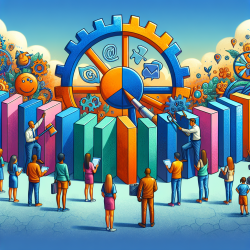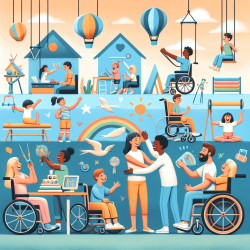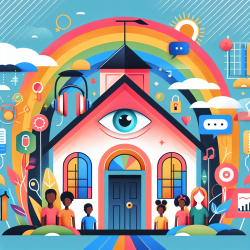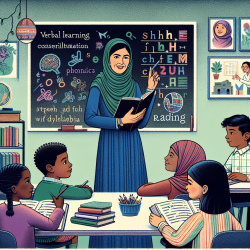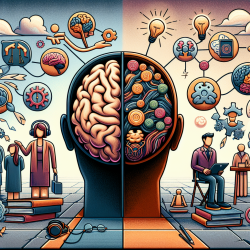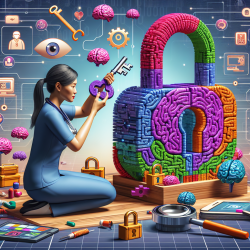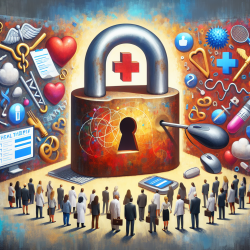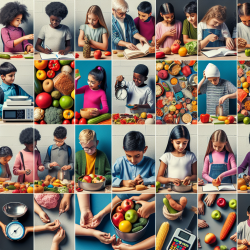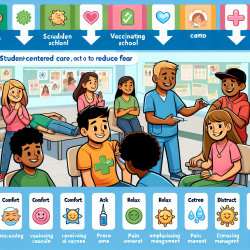Email communication in mental health helplines offers both unique challenges and opportunities. The recent study "Barriers and enablers to the delivery of email communication for a helpline service for young people" (Campagnola et al., 2022) provides valuable insights that can help practitioners enhance their skills and improve service delivery.
Key findings from the study include:
- Enablers: Volunteer skills, available resources, and support.
- Barriers: Asynchronous nature of emails, need for additional training, and volunteers’ lack of confidence and motivation.
Here are practical strategies based on the study’s findings to overcome these barriers:
- Enhanced Training: Incorporate dedicated training sessions for email communication, including mock-up email exercises to boost confidence and skills.
- Use of Templates: Utilize standardized email templates that volunteers can personalize to streamline responses and ensure consistency.
- Regular Feedback: Implement newsletters featuring positive feedback from users to motivate volunteers and highlight the impact of their work.
- Goal Setting: Encourage volunteers to set goals for the number of emails they will respond to during each shift to increase engagement.
- Restructuring Email Exchanges: Allow more email exchanges between volunteers and users to better understand and address users’ needs.
- Use of Emojis: Encourage the use of emojis to convey emotions and enhance the clarity of communication.
By applying these strategies, practitioners can improve the delivery of email communication in mental health helplines, ultimately providing better support for young people.
To read the original research paper, please follow this link: Barriers and enablers to the delivery of email communication for a helpline service for young people.
